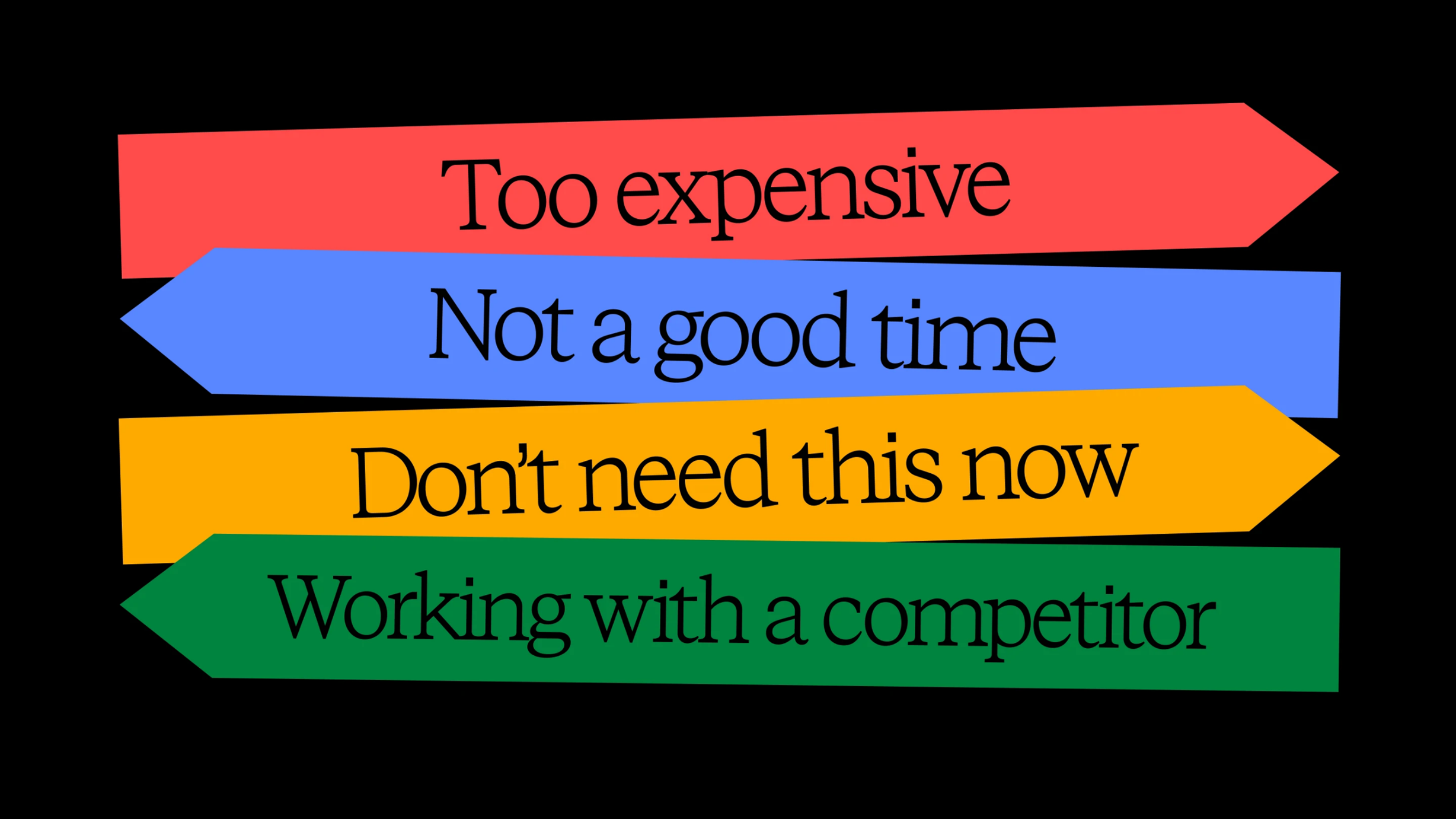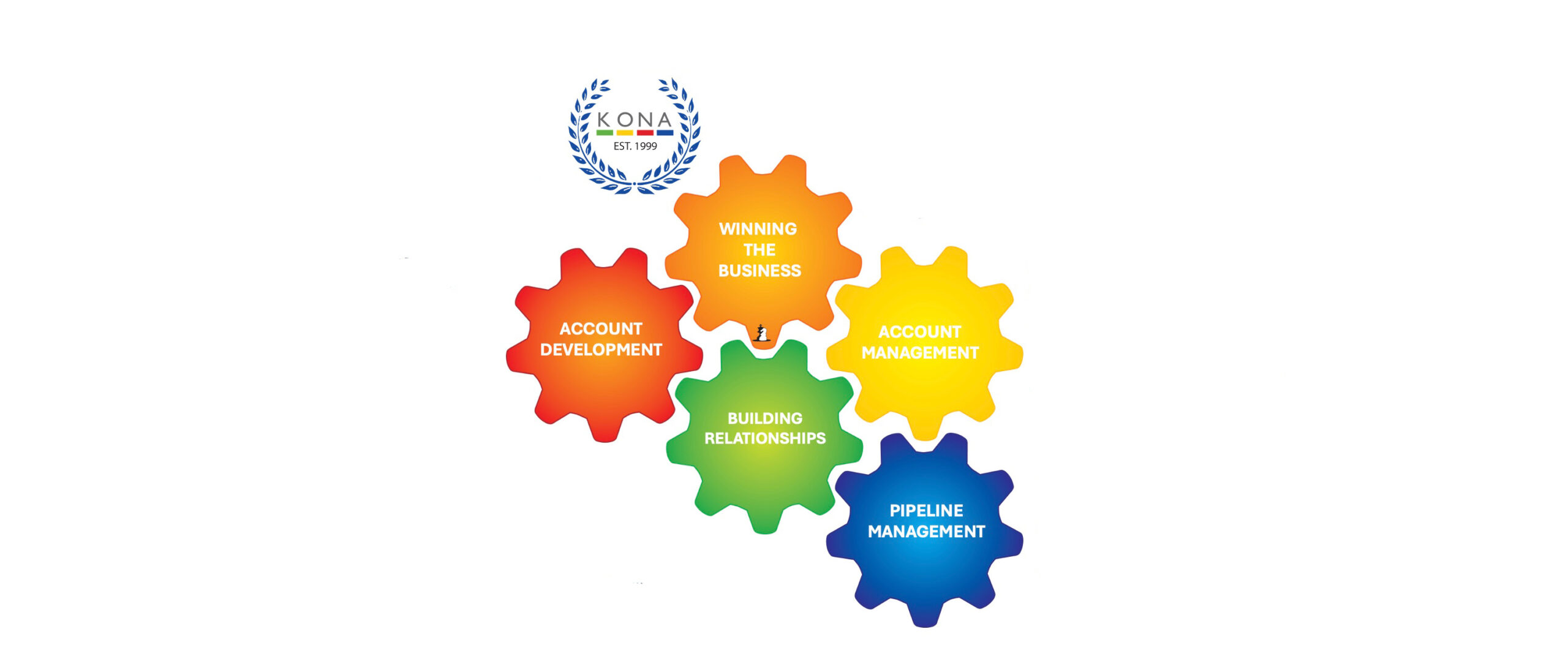January has a certain energy about it. Fresh notebooks, clean calendars, big targets and even bigger intentions. For sales teams, it is the perfect moment to pause, reset and be honest about what is working and what quietly slipped into bad habits last year.
Sales success is rarely about radical reinvention. More often, it is about fixing the small, repeated behaviours that shape results over time. If you want this year to be stronger, more consistent and less stressful, January is the time to reset these seven common sales habits.

1. Stop Carrying Last Year’s Baggage into This Year
Many salespeople start the new year already frustrated. They are still thinking about missed targets, lost deals or tough clients from last year. That mindset quietly leaks into conversations, follow ups and confidence.
A reset starts with a clean slate. Last year’s results are data, not a verdict on your ability. Review what worked, learn from what didn’t, then consciously let it go. Every new conversation deserves your full energy, not the emotional hangover of last year.
Strong sales performance begins with mental clarity.

2. Reset Your Relationship with Your CRM
For many sales teams, the CRM becomes a dumping ground rather than a decision making tool. Notes are incomplete, follow ups are vague and pipeline stages are more hope than fact.
January is the perfect time to clean it up. Reset your habit from “I’ll update it later” to “If it’s not in the CRM, it doesn’t exist.” Accurate data leads to better forecasting, better coaching and fewer nasty surprises at the end of the quarter.
Your CRM should work for you, not against you.
3. Break the Busy Equals Productive Habit
Last year probably felt busy.
• Meetings
• Emails
• Proposals
• Internal updates
Yet busy does not always mean effective.
Reset your focus to high value sales activities. This means quality prospecting, meaningful discovery conversations and intentional follow up. It also means being ruthless about time wasters that look productive but deliver little return.
In January, encourage your team to ask a simple question daily. Is this activity moving a deal forward or just filling my calendar?
4. Stop Avoiding Tough Conversations
Many salespeople avoid uncomfortable conversations. Pricing discussions, objections, decision timelines and budget reality often get danced around instead of addressed directly.
This habit creates long sales cycles and false hope in the pipeline. Reset it by committing to honest, respectful and confident conversations early. Buyers appreciate clarity far more than vague optimism.
Strong sales professionals do not push. They guide. And guidance requires courage.

5. Reset Your Follow Up Discipline
Follow up is one of the most common breakdowns in sales. Not because people do not know they should do it, but because it slips down the priority list.
January is the time to reset follow up as a non negotiable habit. Consistent, value based follow up builds trust and keeps momentum alive. It is not about pestering. It is about being reliable and helpful.
The best salespeople are not always the most charismatic. They are often the most consistent.
6. Stop Selling the Same Way to Every Buyer
Buyers have changed, but many sales habits have not. Too often, salespeople default to their preferred style rather than adapting to the person in front of them.
Reset this habit by focusing on the buyer’s communication style, pace and decision making process. Some want detail. Others want outcomes. Some move quickly. Others need reassurance. Flexibility is not weakness. It is a competitive advantage.
7. Reset the Coaching Conversation, Not Just the Targets
For sales leaders, January often becomes all about numbers. Targets are set, dashboards are updated and pressure builds quickly.
But performance improves fastest when habits are coached, not just results reviewed. Reset your leadership habit by focusing on behaviours, conversations and skill development. Regular coaching check ins beat end of month pressure every time.
When salespeople feel supported and developed, results follow naturally.

A Strong Year Starts with Better Habits
January is not about working harder. It is about working smarter and more intentionally. Resetting these seven sales habits sets the foundation for a year of stronger conversations, healthier pipelines and more predictable results.
The best time to reset is not when things fall apart. It is when you still have the momentum of a new beginning.
If you want to help your sales team reset their habits, sharpen their skills and build sustainable performance for the year ahead, now is the time to invest in the right support.
Contact KONA to discuss tailored Sales Training for your Sales Team in 2026 and set your team up for a strong, confident and successful year.
Call 1300 611 288 or Email info@kona.com.au
Author – Garret Norris – https://www.linkedin.com/in/garretnorris/













































































































